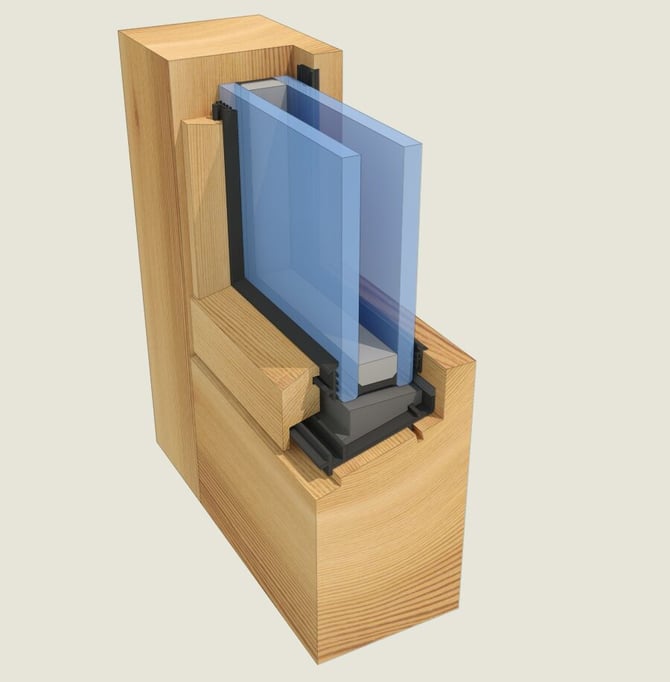All Categories
Featured
Table of Contents
The Best Double Glazing Companies In Canberra in Mundijong Perth
That window can transmit more solar heat in winter season than in summertime. A west-facing window on a summertime's afternoon has an angle of occurrence from near 0 up to 30 with a big efficient area of solar radiation. A north-facing window, in summer, has a high angle of occurrence and a low effective area of solar radiation, so can transmit less heat than a west-facing one.

However you can quickly and quickly enhance the thermal performance of your house by changing your windows. This is one of the most reliable methods of remodelling to achieve better thermal convenience. There are thousands of types of glass and frames to select from. Choosing the right ones is very important to enhancing the energy performance of your house.
Which Type Of Double Glazed Window Frame Is Right For You? in Seville Grove Western Australia
Single glazing with clear glass is not very effective when it comes to heat loss or gain. To improve performance, you can utilize single glazing with a more energy-efficient type of glass such as low emissivity (low-e) glass.
Multiple layers can be assembled with sealed cavities between each sheet of glass. IGUs typically provide better energy efficiency than single glazing, because they transfer less energy. However, the energy efficiency of IGUs likewise depends upon: the residential or commercial properties of each layer of glass. Different glass types (for example, clear and low-e glass) can be created in an IGU.
Double Glazing Vs Triple Glazing: Which Should You Choose in Byford WA

IGU cavities can be filled with air or a more inert, low-conductivity gas such as argon the width of the cavity. Cavity density is generally 6 to 18mm. Larger cavities provide lower (better) U values, with 12mm usually accepted as the preferred gap how well the cavity is sealed. Cavities should be dry and well sealed to prevent moisture getting in.
If argon is set up to the cavity in place of air, wetness is dependably excluded the level of desiccant (drying agent). The spacer (metal or polymer strip) that separates the glass layers contains a desiccant to take in any moisture. Insufficient desiccant may cause moisture to condense on the glass surface area in cold conditions, reducing thermal efficiency.
Sustainability in Swan View Western Australia
In reality, IGUs can provide much better energy efficiency for all environments, especially in heated and air-conditioned houses. Cross-section detail of single, double and triple-glazing systems Low emissivity glass (typically understood as low-e glass) reduces heat transfer. Low-e glass might be either high or low transmission: High transmission low-e glass has a coating that allows daylight from the sun to enter the house to attain great solar heat gain, but reduces the quantity of the long wavelength infrared heat that can escape back through the window.
Low-e glass has either a pyrolytic covering or a vacuum-deposited thin film metal finish. Pyrolytic finishings are long lasting and can be used for any glazing; vacuum-deposited finishings are soft and are only used within IGUs. Low-e finishes can significantly enhance both U worth and SHGC; however, they need to be utilized correctly or they will either deteriorate or fail to perform as needed.
Is Double Glazing Worth It? in Martin Perth
Low-e coverings can be used in combination with clear, toned or reflective glass. Low-e finishings on glazing can lower heat transfer where needed Picture: Department of Market, Science, Energy and Resources Toned glass has colouring ingredients consisted of throughout manufacture. It is available in numerous colours, typically bronze, grey, blue and green.
Latest Posts
Fitting A Cabin In Your Garden? Get Double Glazing Fitted Too in Forrestdale WA
Why Is Double Glazing So Important In Winter? in Highgate Perth
Best Glass For Double Glazing in Gwelup Perth